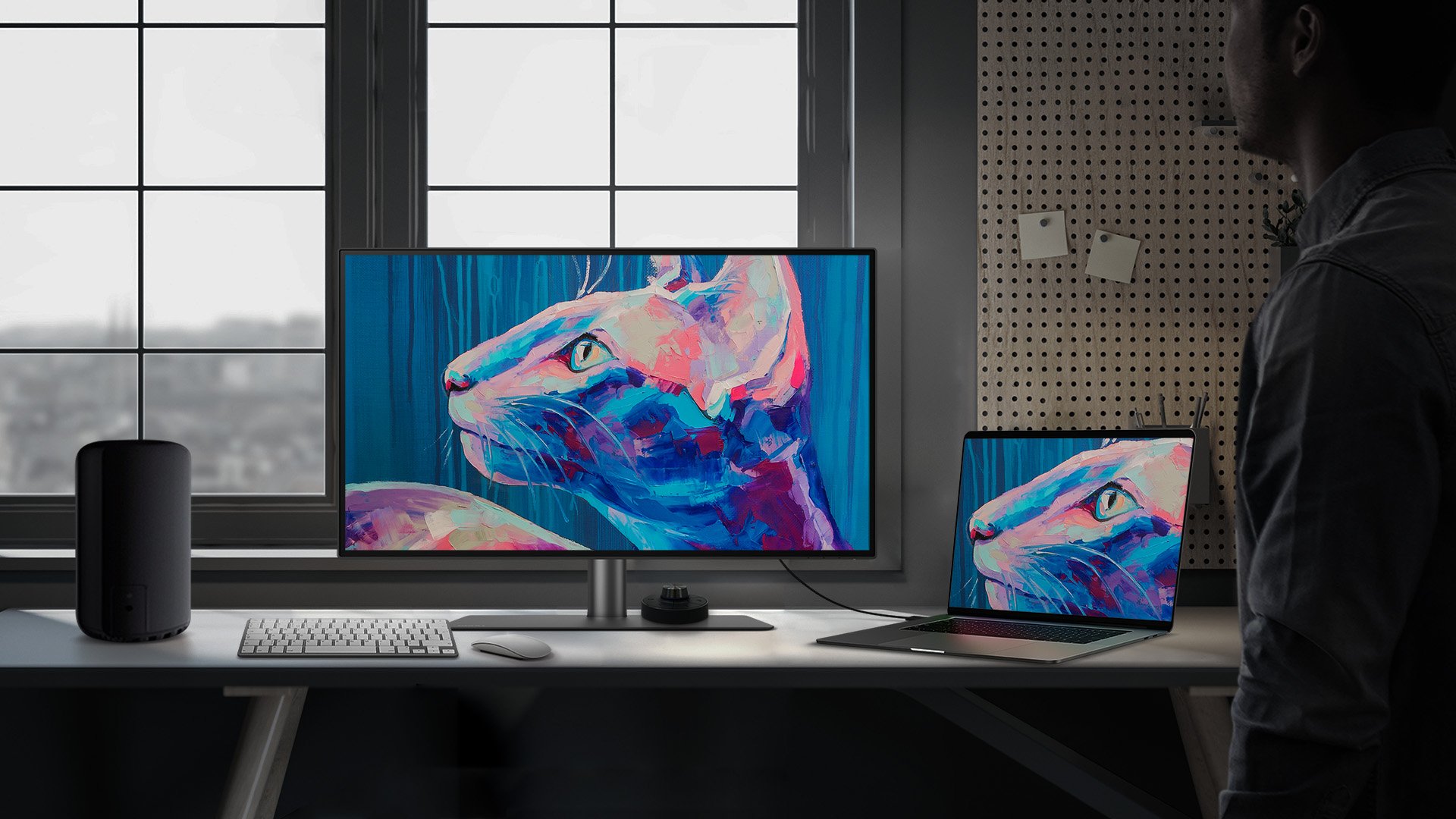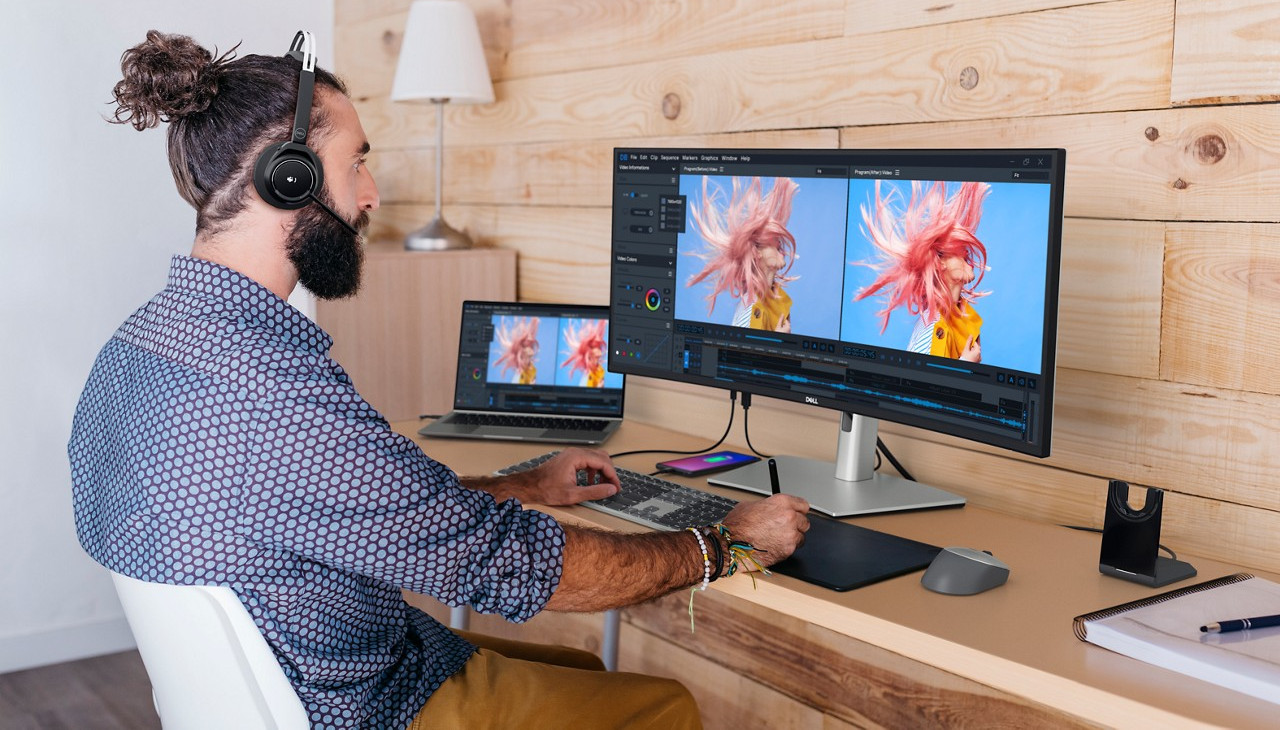As a video or photo editing enthusiast, the choice of your monitor is pivotal to translating your creativity with precision and brilliance. In a market flooded with options, each boasting unique features, making the right choice can be daunting. Fear not, as we delve into the essential factors for selecting the perfect monitor and offer recommendations based on exhaustive research and reviews.
What to Look for in a Monitor for Video and Photo Editing

1. Resolution: Clarity in Every Pixel
The number of pixels displayed horizontally and vertically defines a monitor's resolution. Opt for higher resolutions like 4K (3840 x 2160), QHD (2560 x 1440), or FHD (1920 x 1080) for sharper detail, but consider the associated GPU power and storage requirements.
2. Size: Balancing Immersion and Practicality
The diagonal size of the screen, measured in inches, impacts your viewing experience. While larger screens provide immersive visuals, they demand more desk space. Common sizes for video and photo editing are 27-inch, 32-inch, and 34-inch.
3. Panel Type: Crafting Color and Angles
The technology behind color and angle display varies with IPS (in-plane switching), TN (twisted nematic), and VA (vertical alignment) panels. IPS excels in color accuracy, TN in response time, and VA in contrast and brightness.
4. Color Coverage: Vivid Hues, Accurate Representation
Color coverage, measured as a percentage of standard color spaces like sRGB, Adobe RGB, or DCI-P3, determines the richness and accuracy of displayed colors. Consider your need for vividness versus consistency.
5. Color Calibration: Ensuring Consistency
The calibration process aligns a monitor's settings with a reference standard, guaranteeing consistent and accurate colors across devices. Some monitors come with built-in calibration tools, while others require external devices.
6. Features: Enhancing Functionality
Extra features contribute to a monitor's usability, such as connectivity ports, ergonomic adjustments, speakers, webcams, USB hubs, and HDR support. These features impact both the price and performance of the monitor.
Our Recommendations for the Best Monitors for Video and Photo Editing in 2023
1. Best Overall: BenQ PD2725U

The BenQ PD2725U stands out as the best overall monitor, boasting a 27-inch 4K IPS panel with 100% sRGB, 95% DCI-P3, and 100% Rec. 709 color coverage. With factory calibration, HDR10 support, Thunderbolt 3 connectivity, and an array of features, it offers an unparalleled editing experience.
2. Best on a Budget: Asus ProArt PA279CRV

For those seeking value for money, the Asus ProArt PA279CRV is a 27-inch 4K IPS panel with 100% sRGB, 100% Rec. 709, and 90% DCI-P3 color coverage. With factory calibration, HDR10 support, and USB-C connectivity, it provides an affordable yet high-quality editing solution.
3. Best 4K: Dell UltraSharp U3224KB

For exceptional detail and clarity, the Dell UltraSharp U3224KB features a 32-inch 6K IPS panel with 100% sRGB, 100% Adobe RGB, and 98% DCI-P3 color coverage. With factory calibration, HDR400 support, and Thunderbolt 3 connectivity, it's a top choice for 4K editing.
4. Best QHD: LG UltraFine Ergo 32QN600

The LG UltraFine Ergo 32QN600 offers a balanced display for video and photo editing, featuring a 32-inch QHD IPS panel with 99% sRGB and 83% Adobe RGB color coverage. With factory calibration, HDR10 support, and USB-C connectivity, it combines quality and flexibility.
5. Best Ultrawide: Acer Predator X35

For an immersive editing experience, the Acer Predator X35 features a 35-inch curved UWQHD VA panel with 90% DCI-P3 color coverage. With factory calibration, HDR1000 support, G-Sync Ultimate technology, and a range of features, it's the pinnacle of ultrawide editing.
These recommendations are based on thorough research and reviews, but other exciting options include the Asus ROG Swift PG32UQX, the HP Z27k G3, the MSI Prestige PS321URV, and the Samsung Odyssey G9. Find the perfect monitor for your editing needs. Happy editing! 😊




